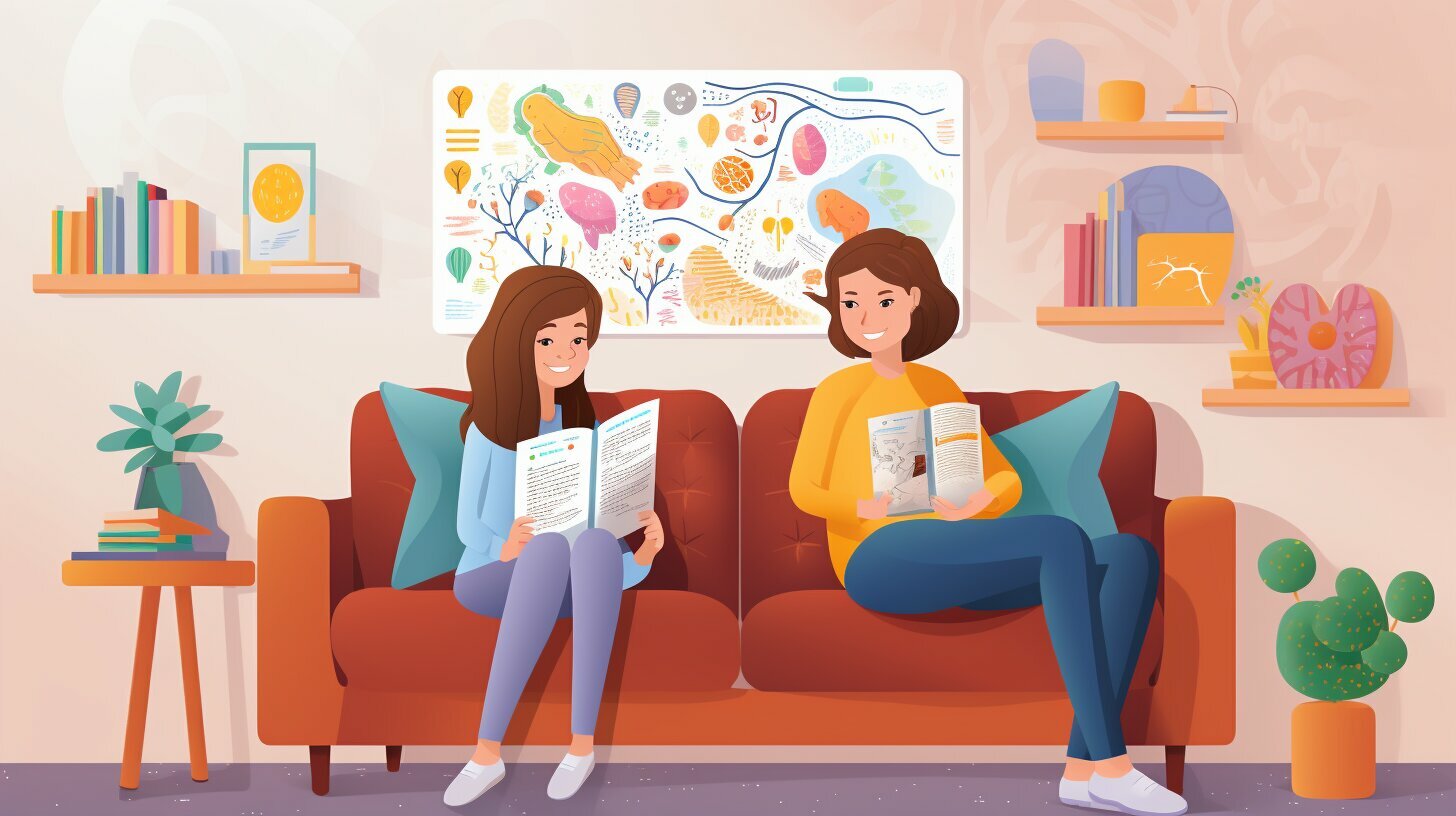Have you ever wondered how a type A dad and type O mom can have a type O child? The answer lies in the complex world of genetics, specifically blood type inheritance. In this section, we will explore the science behind this phenomenon, and unravel the genetic factors that contribute to this outcome.
Key Takeaways:
- Blood type inheritance is determined by the ABO blood group system and other genetic factors
- A type A dad and type O mom can have a type O child through certain genotype combinations
- Rh factor compatibility can also play a role in determining a child’s blood type
- Blood type testing and genetic counseling can provide insights for family planning
The Basics of Blood Types
Before we dive into the specifics of how a type A dad and type O mom can have a type O child, let’s first understand the basics of blood types.
The ABO blood group system is the most well-known system for classifying human blood. It consists of four blood types: A, B, AB, and O. A person’s blood type is determined by the antigens present on the surface of their red blood cells.
Antigens are substances that can trigger an immune response by the body. For example, type A blood has A antigens on the surface of its red blood cells, type B blood has B antigens, type AB blood has both A and B antigens, and type O blood has neither A nor B antigens.
In addition to antigens, blood types also have antibodies. Antibodies are proteins that can recognize and attach to foreign antigens to help remove them from the body. If a person with type A blood receives a transfusion of type B blood, their antibodies will recognize the foreign B antigens and attack them.
Type A blood has A antigens and anti-B antibodies, type B blood has B antigens and anti-A antibodies, type AB blood has both A and B antigens and no antibodies, and type O blood has neither antigens and both anti-A and anti-B antibodies.
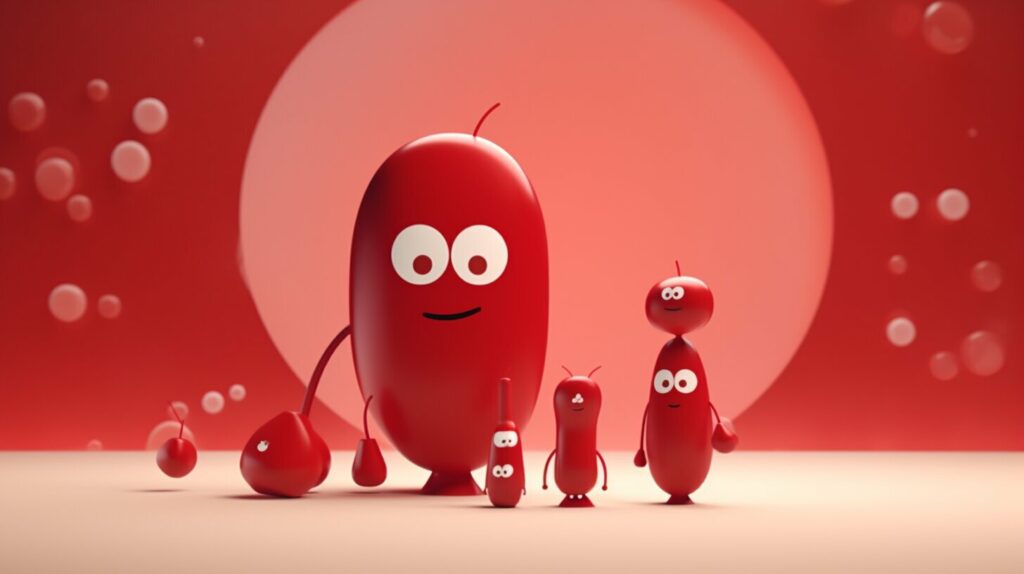
The Characteristics of Type A and Type O Blood
Type A blood is characterized by the presence of A antigens and anti-B antibodies. It is most commonly found in people of European and African descent.
Type O blood is characterized by the absence of A and B antigens, but has both anti-A and anti-B antibodies. It is the most common blood type worldwide, with approximately 44% of people having type O blood.
Now that we have covered the basics of blood types, let’s explore how they are inherited.
Blood Type Inheritance Patterns
Understanding blood type inheritance patterns can help explain how a type A dad and type O mom can have a type O child. Genes are responsible for determining blood type, and each person inherits a set of genes from their parents.
There are different types of genes that determine blood type, with the ABO blood group system being the most well-known. Blood types are classified into four main groups – A, B, AB, and O – and each group is determined by the presence of specific antigens on the surface of red blood cells. These antigens are produced by genes, and their inheritance follows a specific pattern.
Each person has two copies of the gene that determines their blood type, one from each parent. These genes can be either dominant or recessive. The dominant gene is expressed even if only one copy is present, while the recessive gene requires two copies to be expressed.
The combination of genes inherited from each parent determines an individual’s genotype, which describes the genetic makeup, and their phenotype, which describes the physical expression of the genes.
In the ABO blood group system, the A and B genes are dominant over the O gene. This means that if a person inherits one A or B gene and one O gene, they will have the phenotype of either A or B blood type, respectively. If a person inherits two O genes, they will have the phenotype of O blood type.
For example, if a person with blood type A has one A gene and one O gene, their genotype is AO. If they have children with another person who also has the AO genotype, their children have a chance of inheriting either an A gene or an O gene from each parent, resulting in the possibility of having children with either A blood type (AA or AO) or O blood type (OO).
It’s important to note that blood type inheritance is not limited to the ABO blood group system. There are multiple genes and alleles involved in determining blood type, and variations can occur based on inheritance patterns.
Image source: https://seowriting.ai/32_6.png
Type A Dad and Type O Mom Combination
Now, let’s focus on the specific combination of a type A dad and a type O mom. In this case, the possible genotype combinations are AO and AA for the dad, and OO for the mom. As mentioned earlier, the A and B alleles are co-dominant, while the O allele is recessive. Therefore, since the type O mom has two O alleles, she can only pass on an O allele to her child. On the other hand, the type A dad can pass on either an A or an O allele to the child.
Putting this together, the possible blood type outcomes for this combination are:
| Type A Dad and Type O Mom Blood Type Possibilities | Genotype | Phenotype |
|---|---|---|
| AO | AO | Type A |
| AA | AO | Type A |
| AO | OO | Type O |
| AA | OO | Type O |
As shown in the table above, there is a 50% chance of the child being type O. This is because the type O allele is recessive and can only be expressed in the presence of another O allele, which the type O mom provides.
It’s important to note that this is just a general overview, and other factors such as the Rh factor can also come into play. Additionally, genetic variation can cause some variations in the predicted outcomes. However, understanding the basics of blood type inheritance and the possible outcomes can provide valuable insight for family planning.

Rh Factor and Its Impact
In addition to the ABO blood group system, the Rh factor can also impact blood type inheritance. The Rh factor refers to a specific protein that is present on the surface of red blood cells. Individuals who have this protein are considered Rh positive, while those who lack it are Rh negative.
In the context of blood type inheritance, Rh compatibility between a type A dad and a type O mom can impact the blood type of their child. If the dad is Rh positive and the mom is Rh negative, the child has a 50% chance of being Rh positive and a 50% chance of being Rh negative. However, if the dad is Rh negative and the mom is Rh positive, the child has a 100% chance of being Rh positive. This is because the Rh positive gene is dominant, meaning that only one copy is needed for it to manifest.
It’s important to note that Rh incompatibility between a mother and her unborn child can lead to health complications, such as hemolytic disease of the newborn. This is why Rh testing is a standard part of prenatal care for expectant mothers. Your healthcare provider will monitor your Rh status and recommend appropriate interventions if necessary.

Other Factors Influencing Blood Type
Although the ABO blood group system plays a significant role in determining your blood type, other genes and alleles can also influence blood type. Multiple genes can affect the production of antigens on red blood cells, which can result in variations in blood type beyond the ABO system.
For example, the Rh factor, another critical blood group system, determines whether your blood type is positive or negative. Rh-positive individuals have a specific protein on their red blood cells, whereas Rh-negative individuals lack this protein. The Rh factor follows a dominant-recessive inheritance pattern; if one parent is Rh-negative, the child must inherit the gene from both parents to be Rh-negative.
Additionally, genetic variations in the H antigen can affect ABO blood type inheritance in some cases. For example, the Bombay phenotype occurs when an individual’s body cannot produce the H antigen, resulting in a person with type O blood, even though they may have genes for other blood types.
These additional factors highlight the complexity of blood type inheritance and the need for further genetic research in this area. As new findings emerge, our understanding of blood type inheritance will continue to evolve.
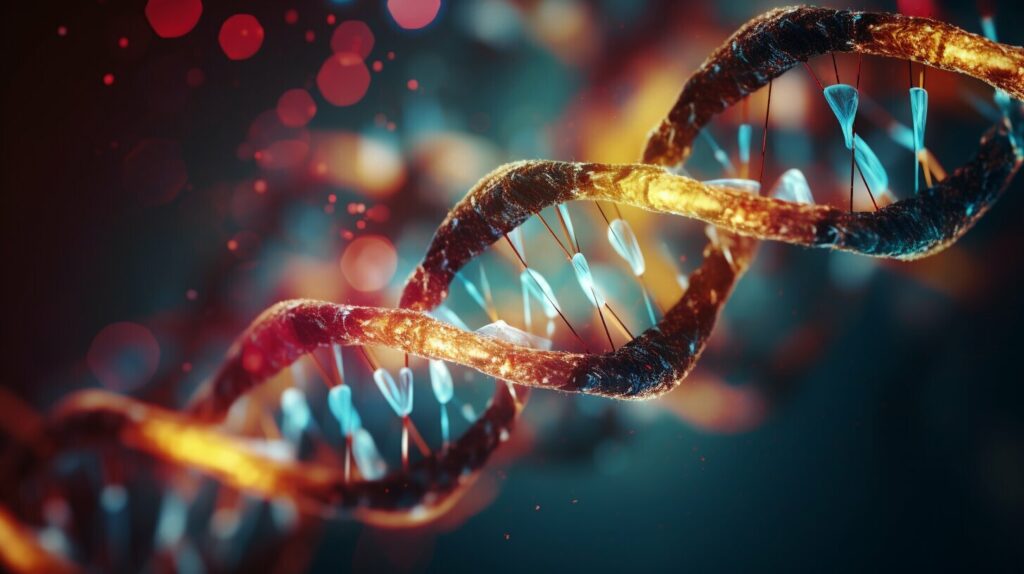
Real-Life Examples
To better understand how a type A dad and type O mom can have a type O child, let’s look at some real-life examples. Case studies have shown that this combination is possible due to the inheritance patterns of blood types.
For example, consider a type A dad who has the genotype AO and a type O mom who has the genotype OO. According to the Punnett square, the possible genotype combinations for their child are AO and OO. This means that there is a 50% chance of the child inheriting the O allele from both parents, resulting in a type O blood type.
Another example is a type A dad who has the genotype AA and a type O mom who has the genotype OO. In this case, the possible genotype combinations for their child are AO and AO. This means that there is a 25% chance of the child inheriting the O allele from both parents, resulting in a type O blood type.
| Type A Dad’s Genotype | Type O Mom’s Genotype | Possible Genotype Combinations | Possible Blood Type Outcomes |
|---|---|---|---|
| AO | OO | AO, OO | 50% chance of type O child |
| AA | OO | AO, AO | 25% chance of type O child |
As you can see, the genotype combinations and resulting blood type outcomes can vary depending on the parents’ genotypes. These examples demonstrate that a type A dad and type O mom can indeed have a type O child.
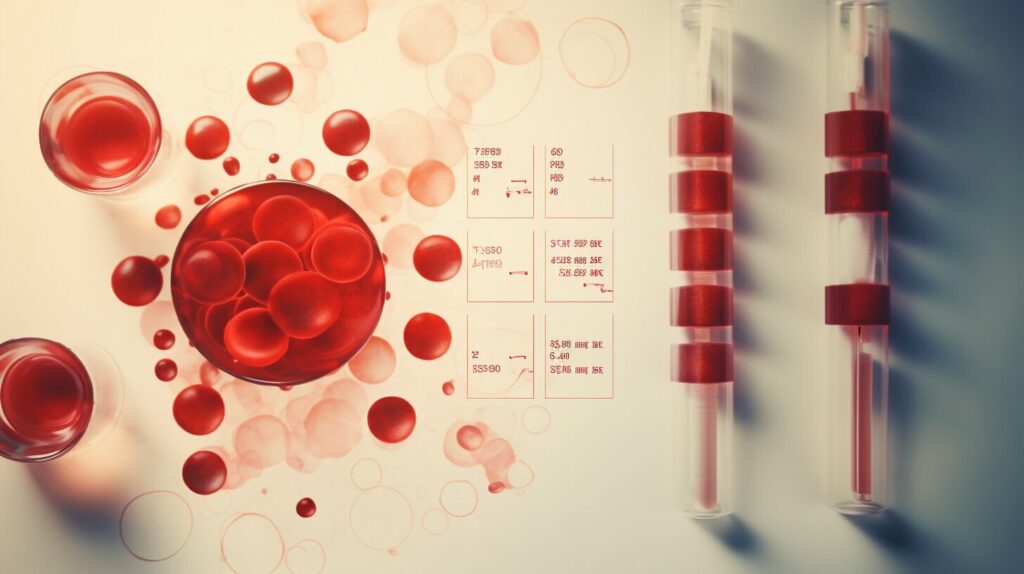
It’s important to note that these examples are just a small representation of the possible genotype combinations and outcomes. Genetic variation plays a significant role in blood type inheritance, and there are many other factors to consider, such as the Rh factor and multiple genes influencing blood type.
By examining these real-life examples and understanding the inheritance patterns of blood types, you can gain insight into how a type A dad and type O mom can have a type O child. Remember, genetic testing and counseling can provide further insights for family planning in such situations.
Testing and Genetic Counseling
If you are a type A dad and your partner is a type O mom, you might be curious about the chances of having a type O child. Blood type testing can provide you with some answers. You can visit a doctor or a laboratory to get tested and find out your blood type and Rh factor.
Genetic counseling can also be helpful, especially if there is a history of genetic disorders in your family. A genetic counselor can help you understand the inheritance patterns and the probability of having a child with a specific blood type. They can also provide guidance on family planning and discuss any concerns or questions you may have.
Remember that blood type inheritance is a complex process, and there is always a degree of variability. Therefore, genetic testing and counseling can provide valuable information, but they cannot predict the exact blood type of your child with 100% accuracy. Nonetheless, having a better understanding of your genetic makeup and blood type compatibility can facilitate informed decisions about family planning.
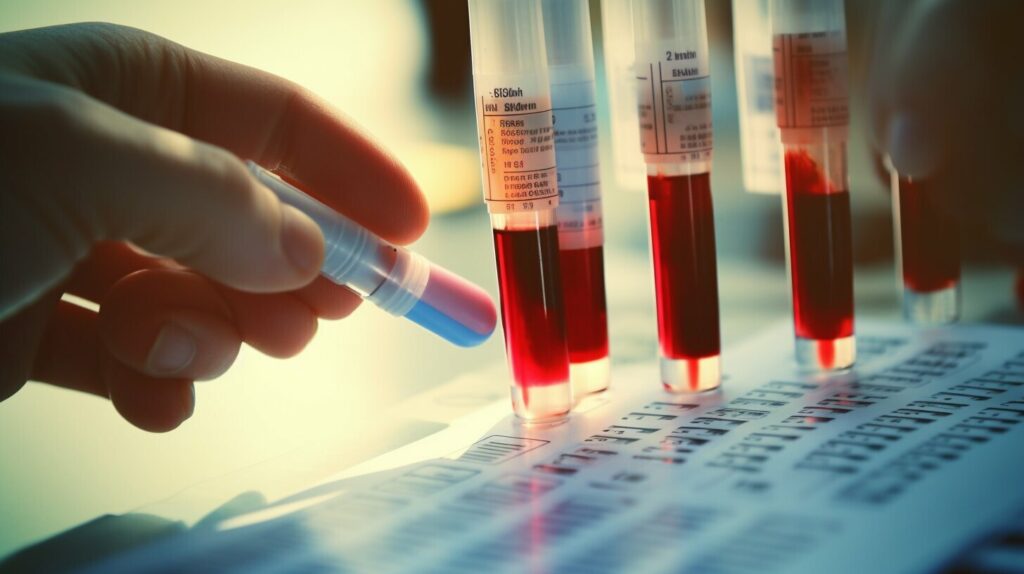
Future Research and Possibilities
There is still much to learn about blood type inheritance, and ongoing research provides new insights into this fascinating field of genetics. Scientists are continually studying the DNA sequences that determine blood types, as well as exploring how multiple genes and alleles can influence blood type.
One area of current research is focused on determining the genetic basis of rare blood types. By identifying the specific genes involved, researchers hope to gain a deeper understanding of the complex genetic mechanisms that underlie blood type inheritance.
Another exciting area of research is exploring the potential therapeutic benefits of blood type compatibility. Scientists are investigating how a person’s blood type may affect their vulnerability to certain diseases and how blood type matching could potentially improve treatment outcomes.
Overall, ongoing research will continue to provide new insights and possibilities for understanding blood type inheritance. Stay tuned for emerging findings in this exciting field of genetics!

Conclusion
By understanding blood type inheritance, you can grasp how a type A dad and type O mom can have a type O child. The ABO blood group system, inheritance patterns, and other genetic factors play crucial roles in determining blood types. It’s important to note that genetic variation can also impact blood type, and genetic testing and counseling can provide further insights for family planning.
Remember, if you are a type A dad and your partner is a type O mom, the chances of having a type O child depend on various factors. Blood type testing is essential to learn more about your genetic makeup and plan accordingly. Ongoing research on blood type inheritance is continuously evolving, and new insights may emerge in the future.
Can You Explain the Concept of Genetics and Heredity to a Child?
Explaining santa claus to a child is similar to introducing genetics and heredity. Just as Santa’s traits and characteristics are passed down through generations, genetics and heredity explore how parents pass on traits to their children. From eye color to height or even the chance of developing certain diseases, these concepts help us understand how we inherit characteristics from our family members.
Can You Explain the Difference Between a Type A and Type O Brain to a Child?
Can you explain the difference between a Type A and Type O brain to a child? Well, a Type A brain is like an organized and focused adult, while a Type O brain is more like a playful and curious child. The adult and child brains simplified, one is determined and methodical, while the other is imaginative and adventurous.
FAQ
Q: How is blood type inheritance determined?
A: Blood type inheritance is determined by a combination of genes passed down from both parents. The ABO blood group system, dominant and recessive alleles, and other genetic factors contribute to the determination of a child’s blood type.
Q: Can a type A dad and a type O mom have a type O child?
A: Yes, it is possible for a type A dad and a type O mom to have a type O child. The specific genotype combinations and inheritance patterns can result in the child having a type O blood type.
Q: What is the role of the Rh factor in blood type compatibility?
A: The Rh factor is an important factor to consider when discussing blood type compatibility. It can impact the blood type of a child and should be taken into account when evaluating the chances of having a type O child with a type A dad and a type O mom.
Q: Are there other genetic factors that influence blood type inheritance?
A: Yes, blood type inheritance is not solely determined by the ABO blood group system. Multiple genes and alleles can influence blood type, contributing to genetic variation.
Q: Are there any real-life examples of type A dads and type O moms having type O children?
A: Yes, there have been case studies that demonstrate type A dads and type O moms having type O children. These examples highlight the genetic factors involved in these outcomes.
Q: Should I consider blood type testing and genetic counseling if I’m a type A dad and my partner is a type O mom?
A: Yes, blood type testing and genetic counseling can provide valuable insights for family planning in situations where there is a type A dad and a type O mom. These services can help you understand the chances of having a type O child and make informed decisions.
Q: How does ongoing research contribute to our understanding of blood type inheritance?
A: Ongoing research in genetics provides new insights into blood type inheritance. By studying the field, we can enhance our understanding of how a type A dad and a type O mom can have a type O child and uncover potential future possibilities.






